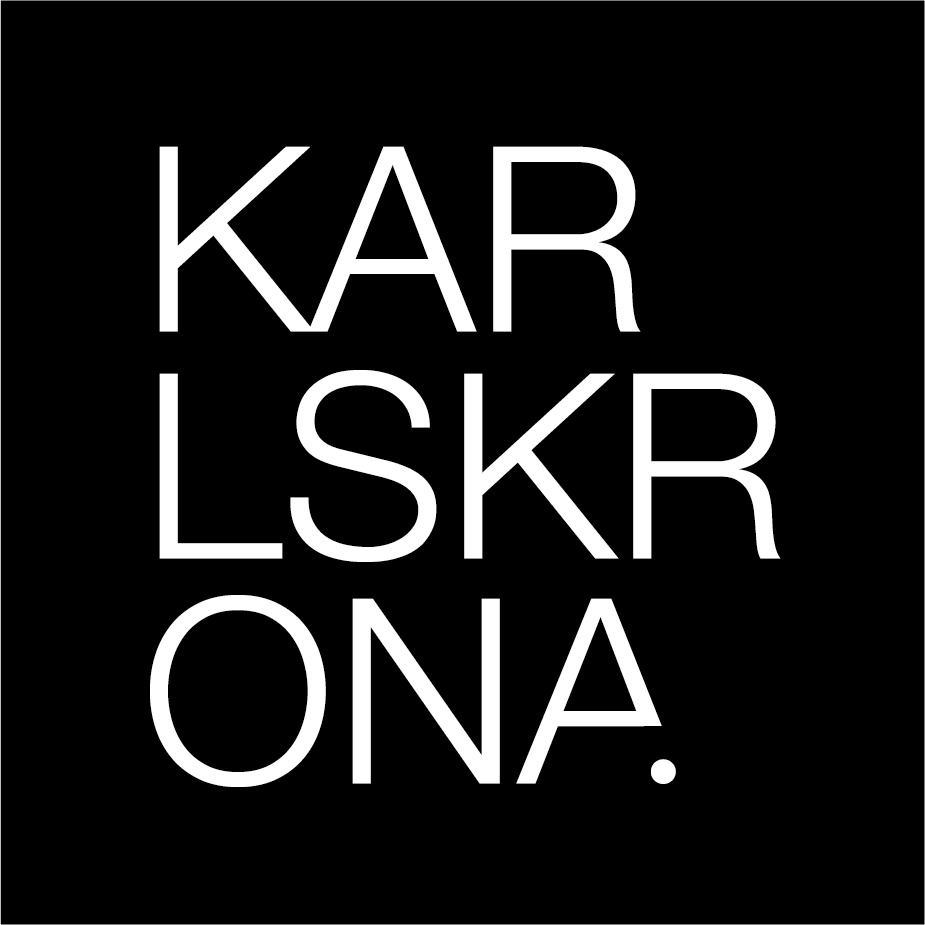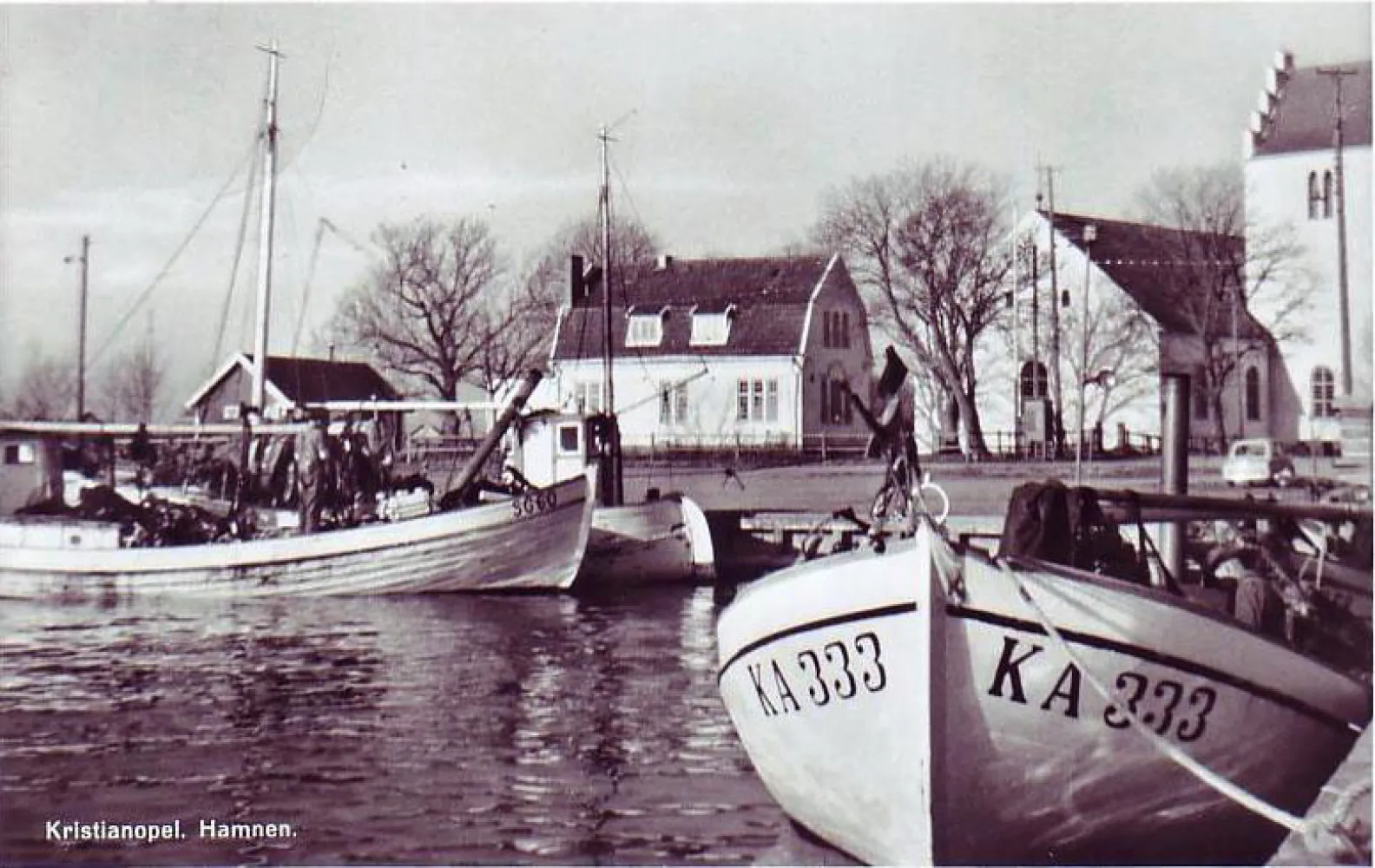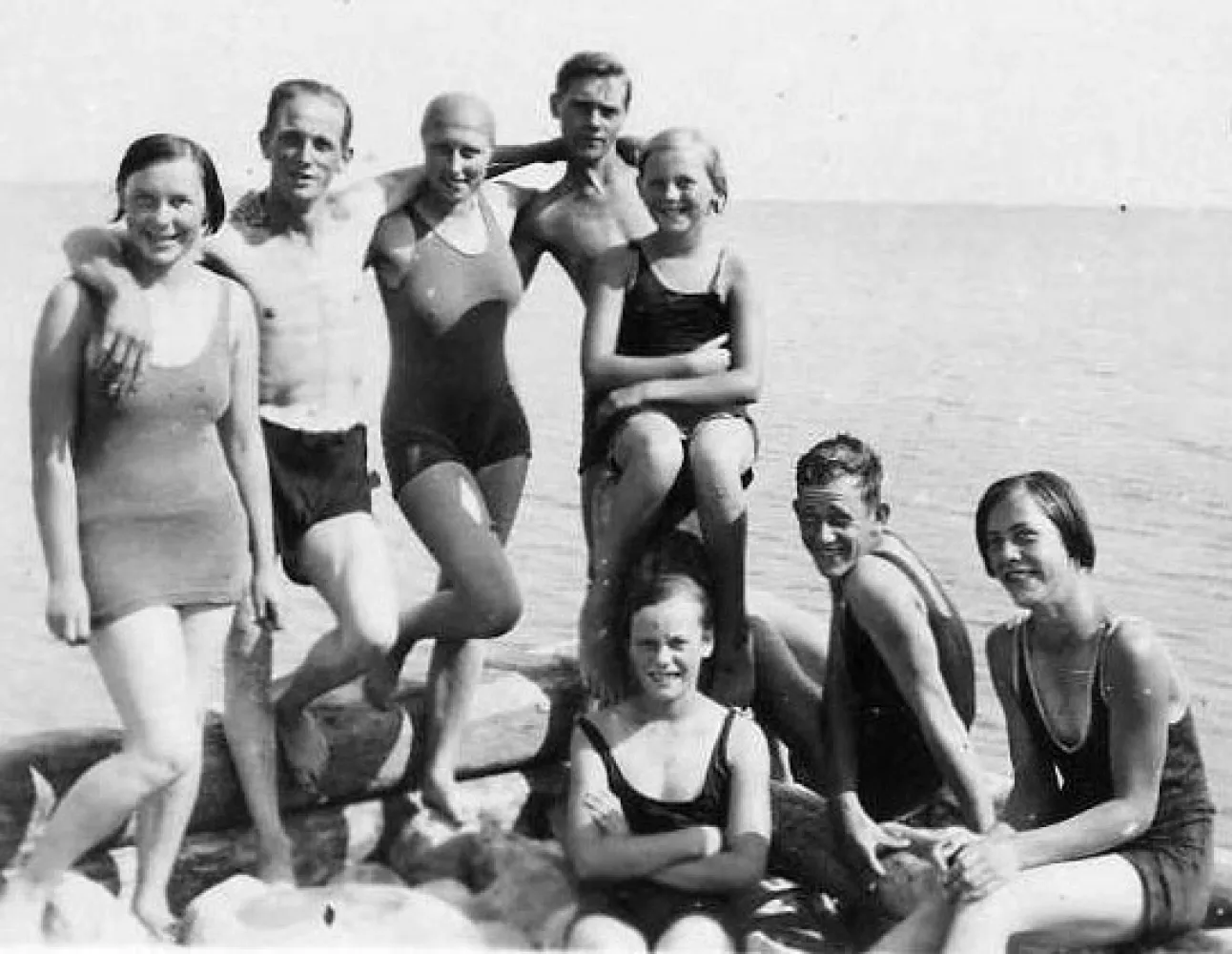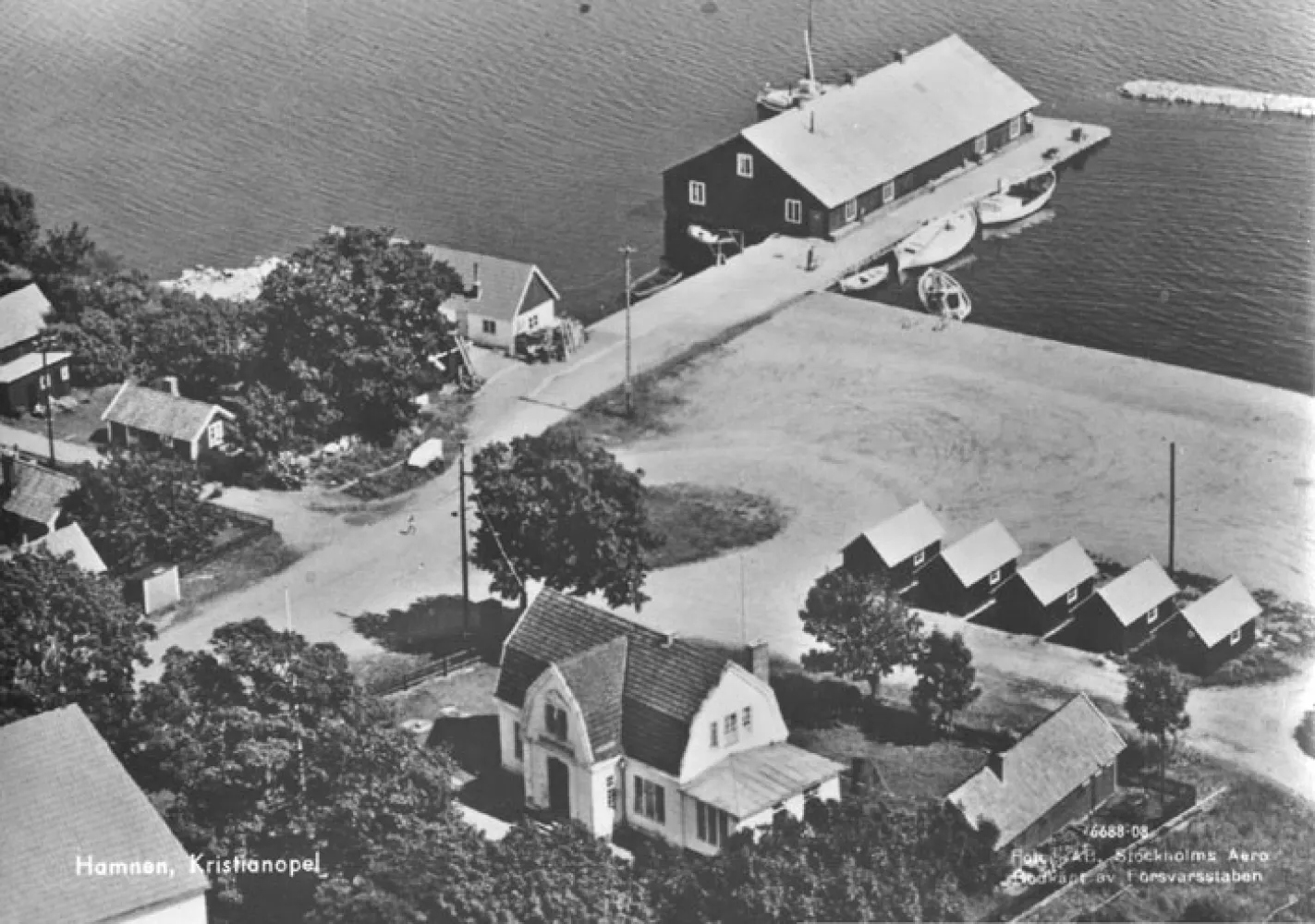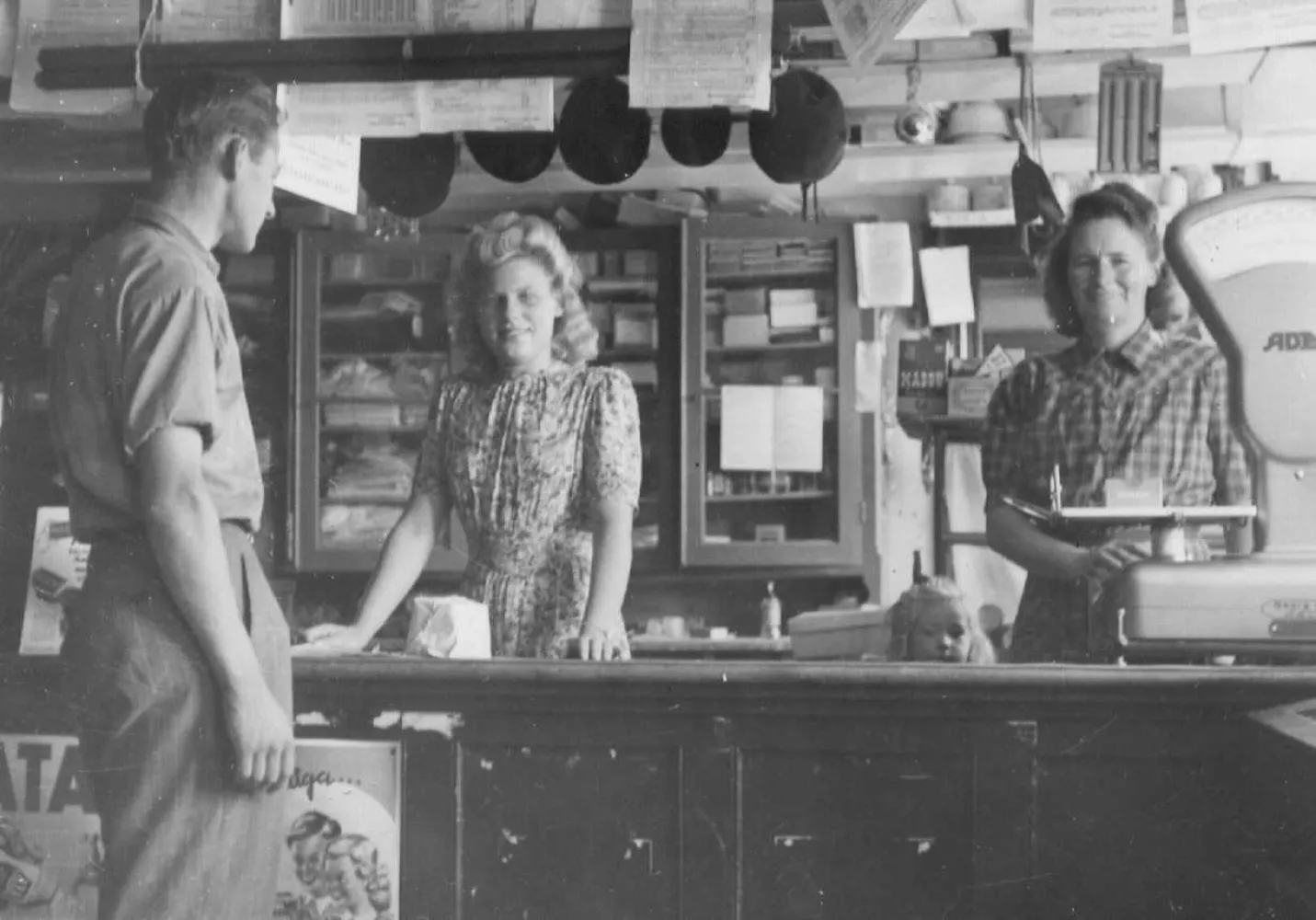The area between Kalmar to the north and Karlskrona in the south has long been a force field between the old arch-rivals Sweden and Denmark.
In early 1600 Blekinge was a part of Denmark. The Danish border town Avaskär, lying just north of the current town Kristianopel, was difficult to defend. The Danish King Christian IV had therefore build a fortress city that was surrounded by up to nine meters high walls on an island, 500 meters south of Avaskär. The city was completed in 1606 and had about 700 inhabitants, a third of whom were soldiers. The king named the city after his infant son Christian. This was the beginning of Christianopel - Scandinavia's first Renaissance city.
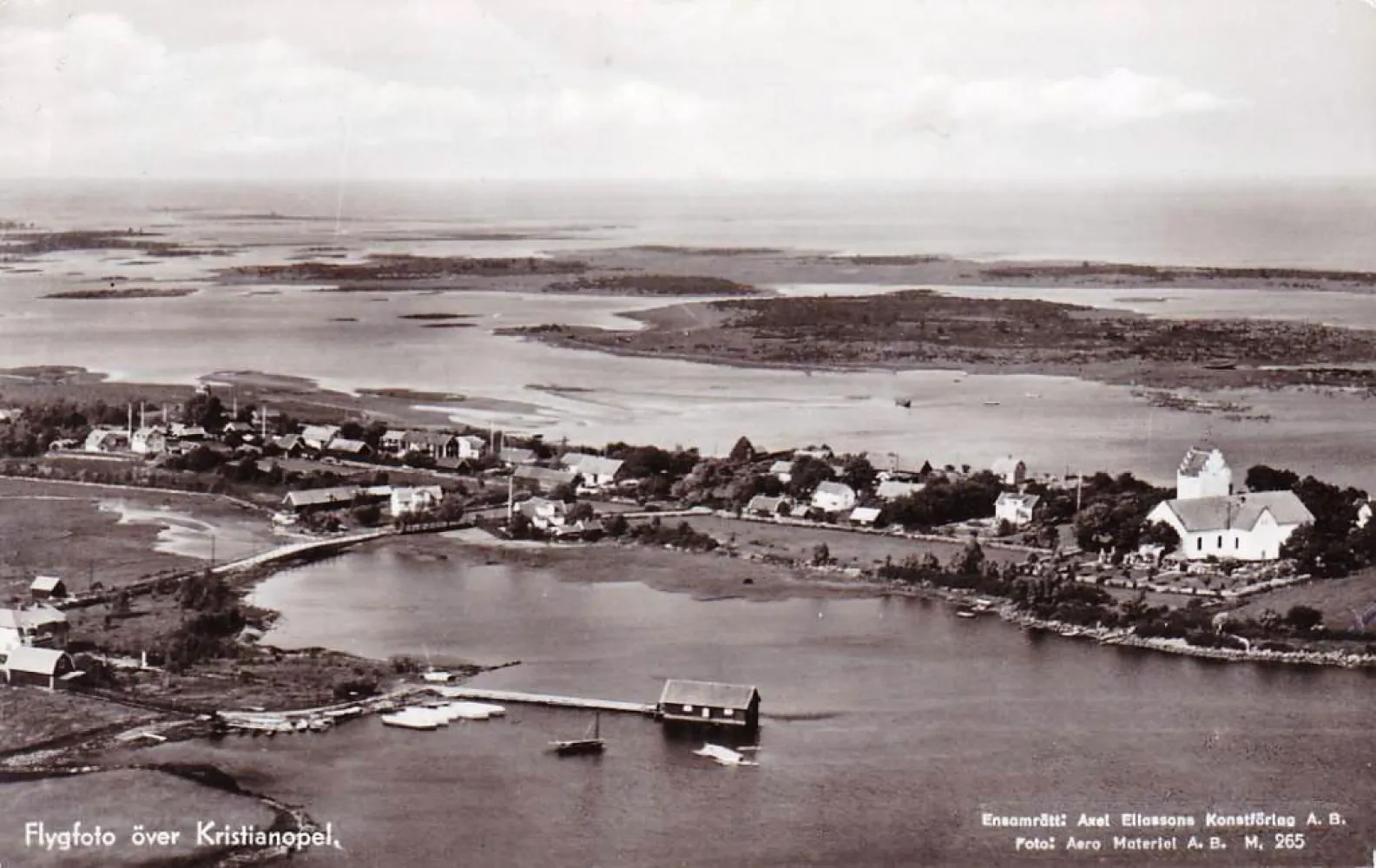
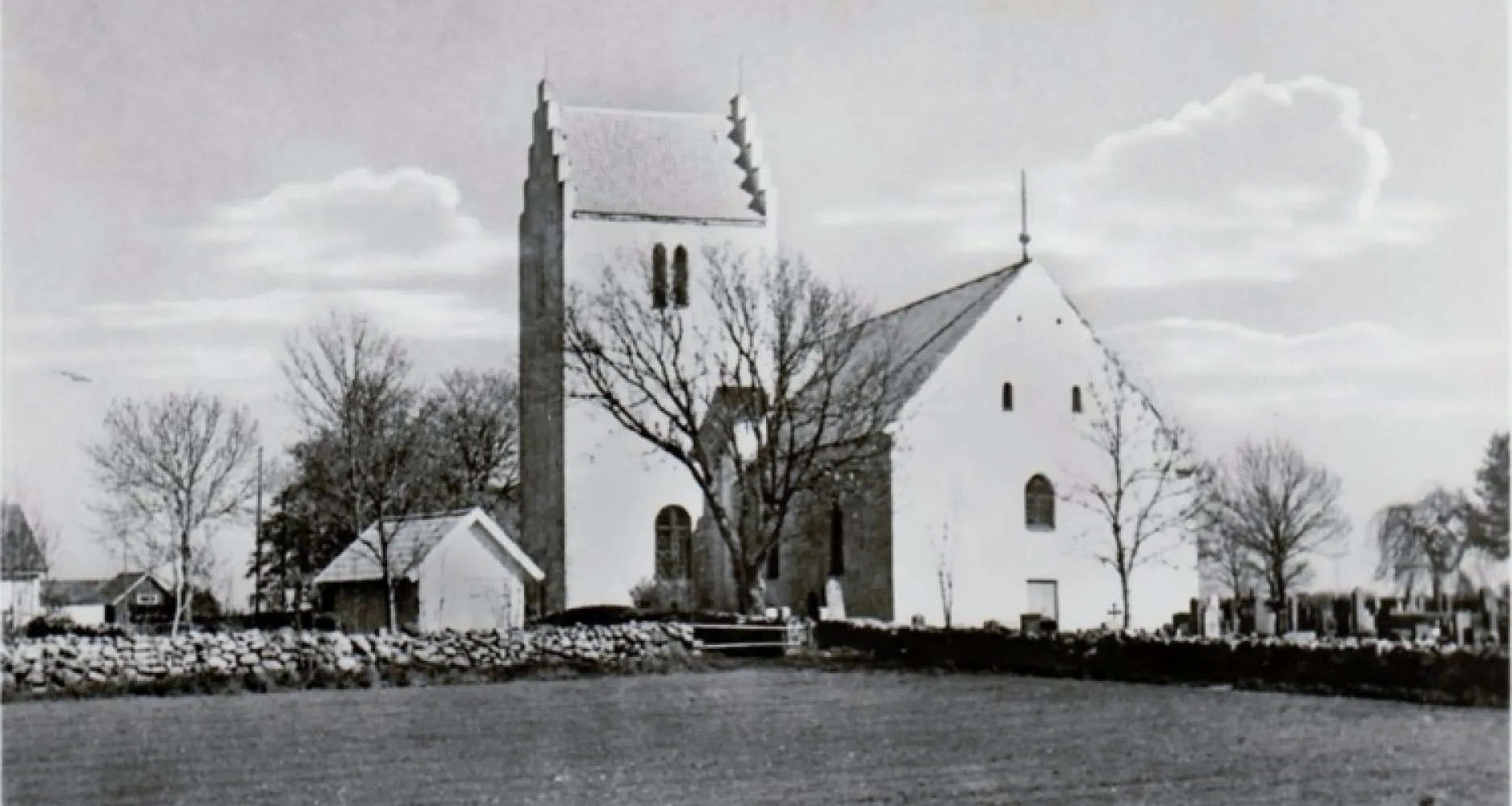
Midsummer in 1611 was a disaster for the Christianopel. The Danes had just before attacking Kalmar and garrison from Christianopel had participated. The Swedish king Charles IX, then sent his 16-year-old son, Gustav Adolf on a punitive expedition to destroy parts of Christianopel. The defenseless civilian population fled to the church in the hope of the church peace would be respected. But the crown prince burned down the church as well as the city. The entire population, except the priest, was killed. The Danes built up Christianopel once again. A new and stronger city and a new church was finished in 1624.
But the wars continued. When it finally was time for the peace negotiations in Brömsebro 1645 the entire Danish peace delegation stayed in Kristianopel. After the Swedes famous hike over the ice of the Great Belt Blekinge became Swedish through the Peace of Roskilde in 1658. Heavy taxes and duties hampered trade and caused great revulsion in Christianopel. When the Danish King Christian V invaded southern Sweden in June 1676, it was because of this many people in Skåne and Blekinge supported Denmark's cause. The Danish flag was hoisted once again in Christianopel. But the Danish guest appearance was brief. After the siege Christianopel became Swedish again in 1677. When the war ended in 1679 the Swedes decided to close down the city. The town privileges were withdrawn and people were encouraged to move. The walls were destroyed partially and the stones were used in the construction of Karlskrona.
Holy Trinity Church. Built in the early 1600s. The church is a building of its time, a nave with transepts and a tower with stepped gable. The nave is slightly parallelogram to adapt the church building to the former town plan. The church is the only building that is from the time when Kristianopel was a city. (Source: Wikipedia)
Helig Trefaldighets kyrka. Byggd tidigt 1600-tal. Kyrkan är en byggnad av sin tid, ett långhus med korsarmar och ett torn med trappgavel. Långhuset är svagt parallellogramformat för att anpassa kyrkobyggnaden till den dåvarande stadsplanen. Kyrkan är idag den enda byggnad som finns från tiden då Kristianopel var stad. (källa: wikipedia)

